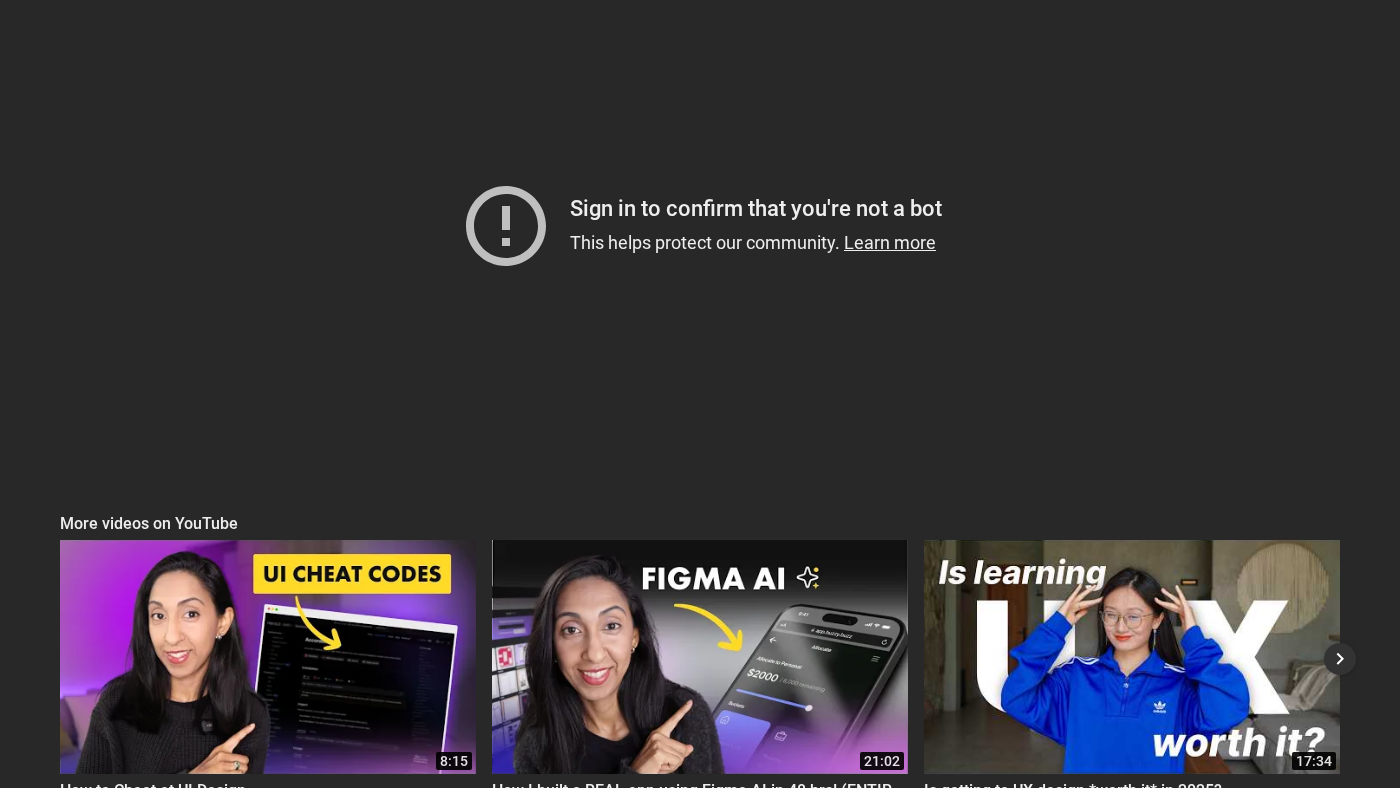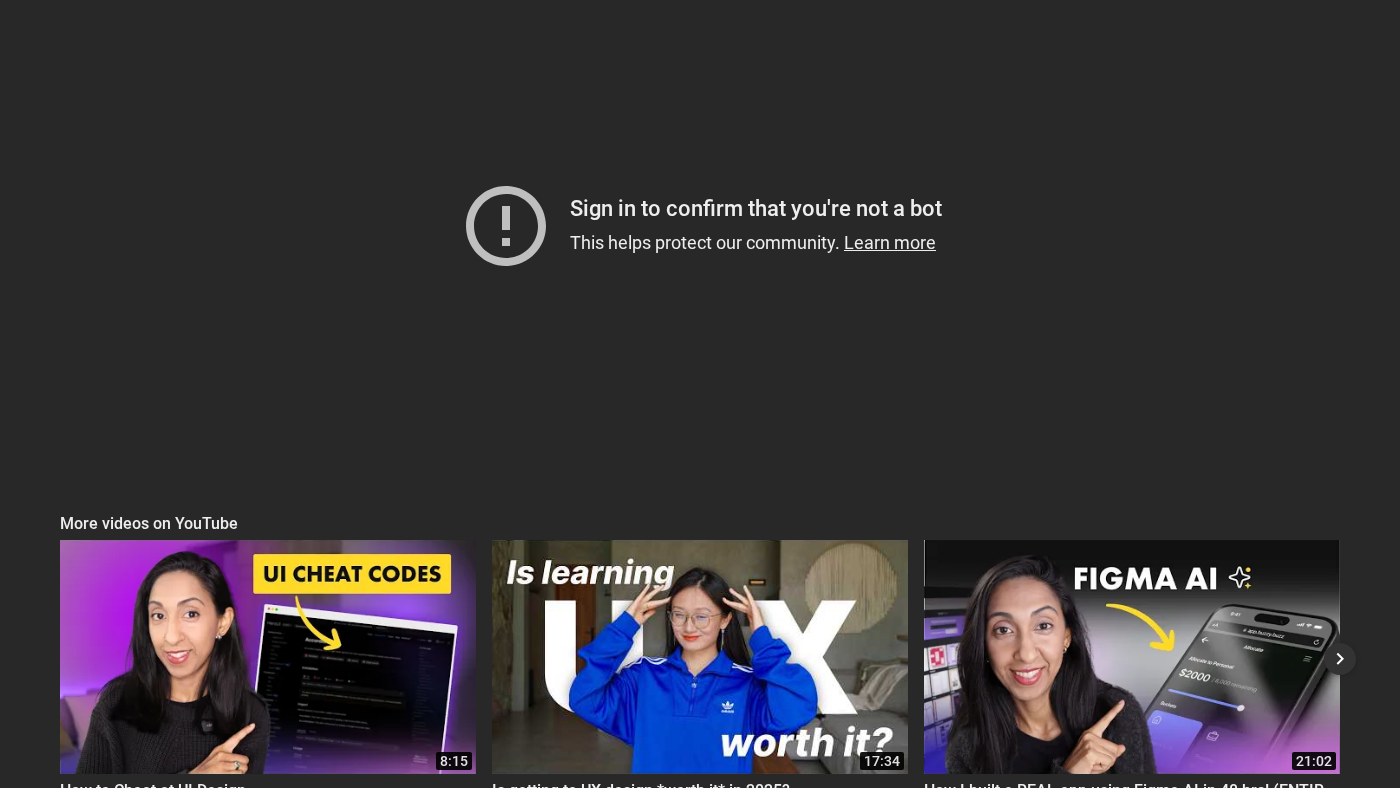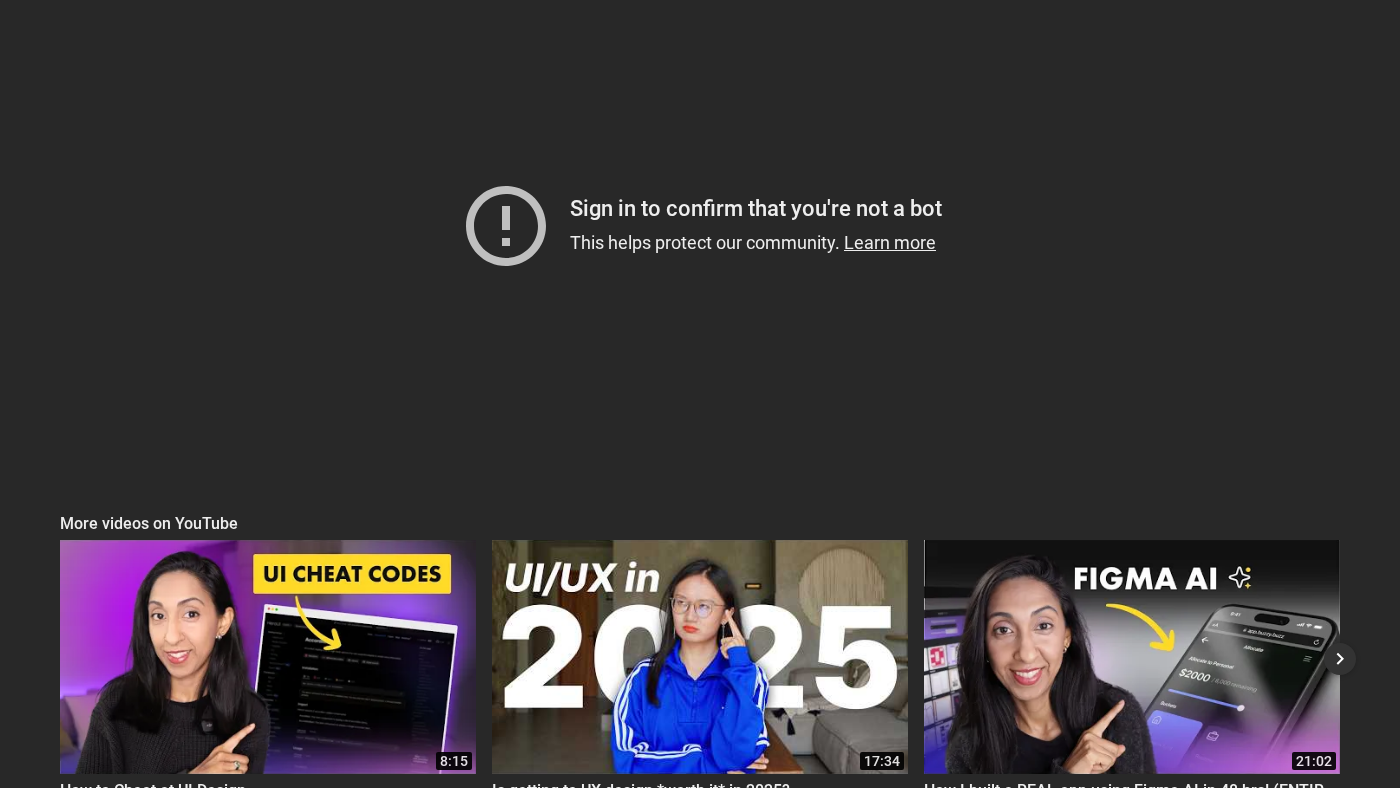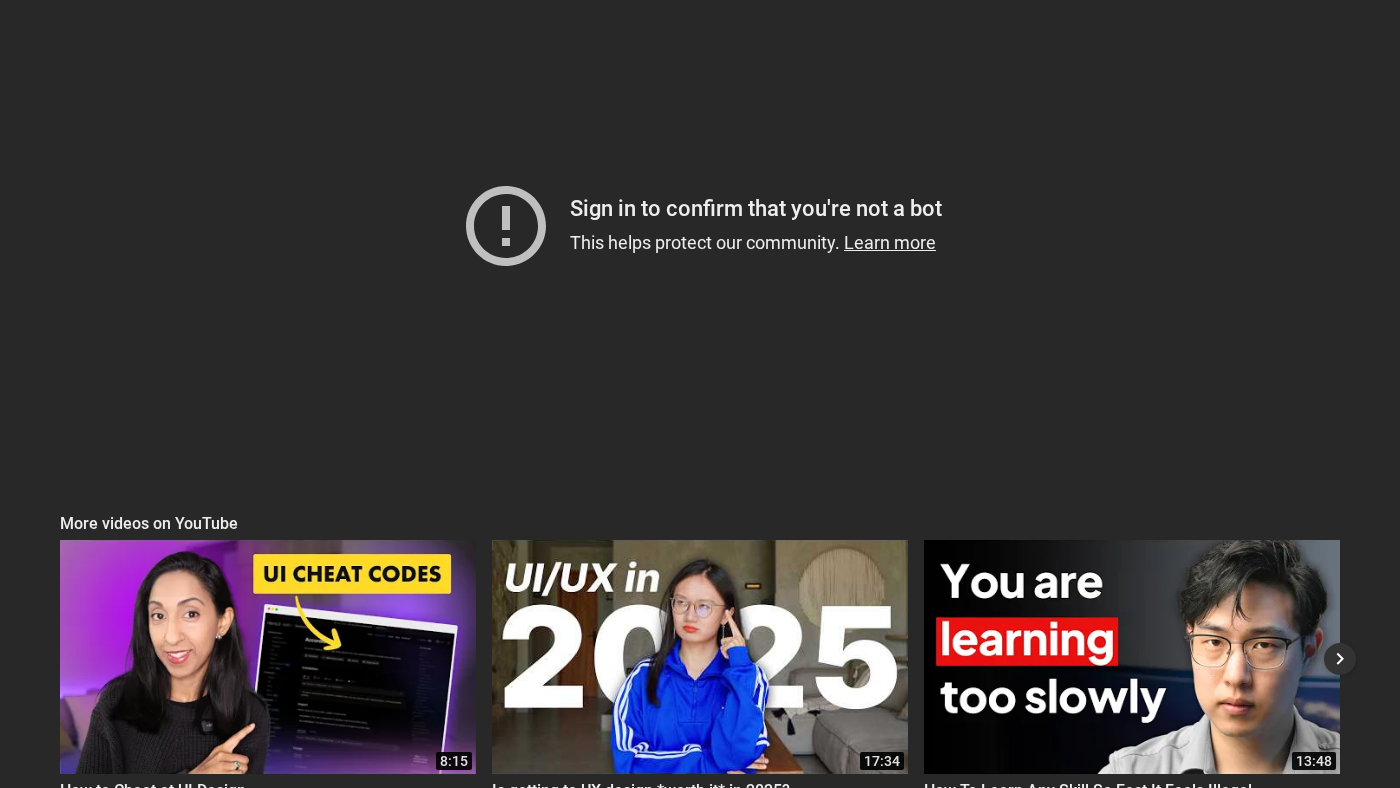The Art of Onboarding: What I Learned from Studying 200 Onboarding Flows
When you open a new app or log into a service for the first time, you often find yourself wondering how it works or whether it's going to work for you. In the back of your mind, you're already deciding if it's worth your time. After studying over 200 onboarding flows across various successful and not-so-successful digital products, I discovered patterns, mistakes, and interesting insights that will change the way you think about onboarding UX and UI.
What Separates a Winning Onboarding Flow from a Failed One?
The question is, what separates a winning onboarding flow from a failed one? It turns out there's a formula and some key things that make for a really exceptional onboarding experience. Be sure to watch the whole video because some of this might not be what you expect. I have personally designed many onboarding flows, and there is one golden rule that you cannot forget: you can't onboard someone you do not understand. No amount of beautiful illustrations or perfect laid-out screens or tooltips will make up for not clearly understanding your users.
 This is an example of an onboarding flow that works well
This is an example of an onboarding flow that works well
Planning Your Onboarding Flow
When planning your onboarding flow, there are three steps that can make all the difference. Step number one is to know your user. Define your user types; the most successful products know that not every user is the same. You may have power users, casual users, skeptical users, or business use cases. You might have users that are completely non-technical and have only ever used things like Facebook or Craigslist. This is why it's so important to do your user research and understand who your ideal customer is.
Working Backwards
Step two is to work backwards. You need to define what success looks like for your users. The best apps recognize that different users and user types have different goals and motivations and levels of experience, and that also changes each step of their journey. Here are some questions to think about: what steps absolutely need to happen to get them there? What is the simplest, most intuitive way you can guide them through those steps? How can you get them to their first win quickly?
 This is an example of how Acorns guides users through their onboarding process
This is an example of how Acorns guides users through their onboarding process
Aligning Onboarding with Business Model and Strategy
Step three is the one that designers most often overlook, and that is aligning the onboarding with the business model and strategy. Onboarding isn't just about helping users understand the product; it also needs to align with how the business plans to make money and that long-term strategy. If onboarding is too aggressive in pushing monetization, users will bounce before they even understand the value. If it's too passive, they might not ever convert.
 This is an example of how Visco aligns its onboarding with its business model
This is an example of how Visco aligns its onboarding with its business model
Testing, Tweaking, and Optimizing
Step four is to test, tweak, and optimize in small steps. If users drop off at a certain step, it doesn't mean that everything is wrong. Don't go redesigning all the stuff; change one thing at a time and then measure it. Reduce the number of clicks, change the copy, add a visual cue. The takeaway here is that you don't fix onboarding with panic and guesswork; you fix it by testing one small change at a time.
 This is an example of how Photor uses a personalized onboarding experience
This is an example of how Photor uses a personalized onboarding experience
Conclusion
The best onboarding flows feel like helpful guidance, not like an escape room that users have to struggle to find their way out of. By following these steps and avoiding common mistakes, you can create an onboarding experience that will engage and retain your users. Remember, the key to successful onboarding is to understand your users, work backwards from their goals, align your onboarding with your business model, and test and optimize in small steps. Don't forget to check out the course and community mentioned in the video to learn more about designing successful onboarding experiences.
